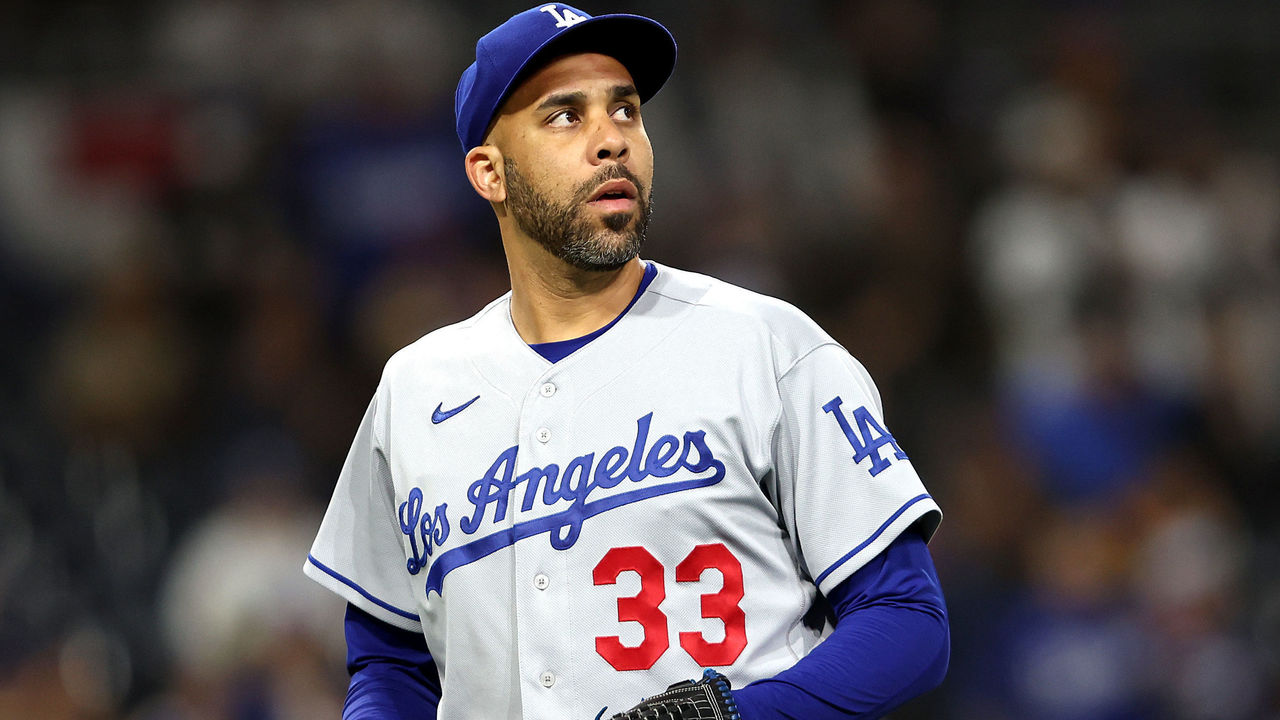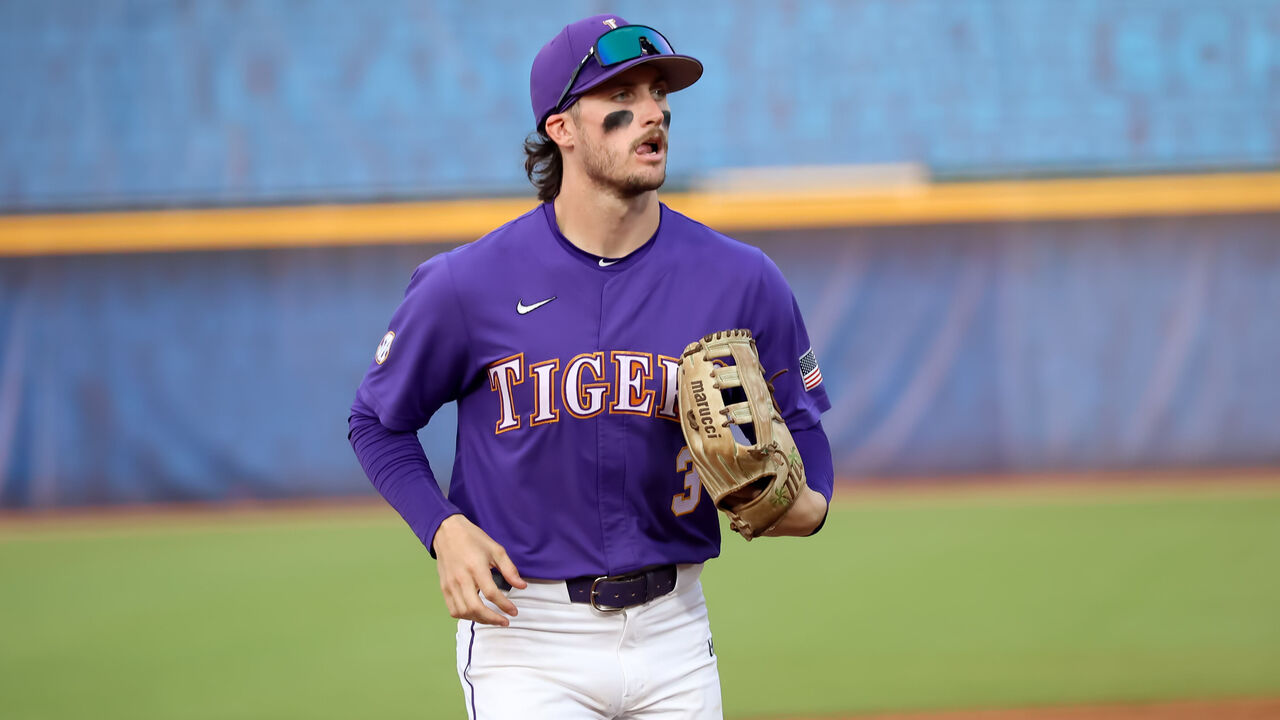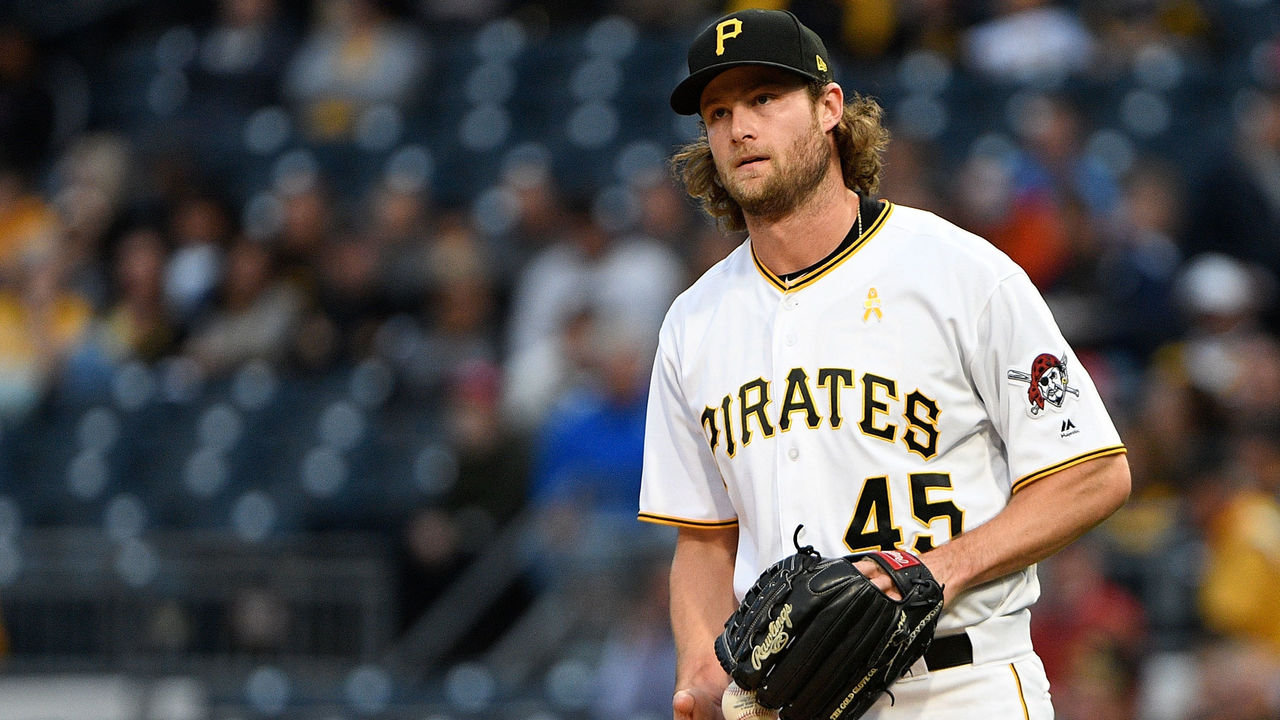The great Skenes vs. Crews debate. Who should the Pirates select No. 1?
The Pirates are facing a problem - the best kind of problem - as they decide whom to take with the first overall pick in next month's MLB draft.
Paul Skenes, the LSU pitching ace, and teammate Dylan Crews, the star outfielder, are both worthy of being the consensus No. 1 selection. But this year they're in the same class.
Florida outfielder Wyatt Langford would also be a consensus first choice in most years, and high school outfielders Walker Jenkins and Max Clark are top-tier prospects as well. Perhaps the Pirates will cut a below-slot deal with one of those players and spend that draft pool savings later. But the general belief is that it's a debate between the two LSU stars.
Who should the Pirates take? It's potentially a franchise-altering choice.
The 6-foot-6, 247-pound Skenes is built like a prototype ace. He can maintain 100 mph deep into outings. In his College World Series start Saturday against Tennessee, he reached 100-plus mph 26 times with his fastball.
Skenes has thrown the second-most 100-plus-mph pitches at any level this year.
Synergy's data for Paul Skenes is pretty conservative. For instance it shows 26 100+ mph pitches in yesterday's game. With that caveat:
— JJ Cooper (@jjcoop36) June 18, 2023
100 mph+ pitches, 2023.
1. Jordan Hicks, Cardinals, 278
2. Paul Skenes, LSU, 246
3. Jhoan Duran, Twins, 189
4. Aroldis Chapman, Royals, 128.
Skenes also owns dynamic, bat-missing secondary offerings in his slider and changeup. He ranks second in the nation with a 1.81 ERA and owns a 200-to-19 strikeout-to-walk ratio across 118 innings this campaign. He's two strikeouts shy of Ben McDonald's Southeastern Conference single-season strikeout record, with 34 fewer innings to date. McDonald, another LSU product, was the No. 1 overall pick in 1989.
In his Saturday start, Skenes passed Tim Lincecum (199), Stephen Strasburg (195), and David Price (194) on the single-season Division I strikeout list. They all went on to become first-round picks in the 2000s and MLB aces, combining for three Cy Young awards and numerous top-10 Cy Young finishes.

Skenes is generally regarded as the best pitching prospect since the Washington Nationals selected Strasburg with the No. 1 overall pick in 2009. There's a widely held belief that he could fit in an MLB rotation right now. Skenes would likely already be the Pirates' best pitcher, and that's saying a lot with Mitch Keller enjoying a breakout season.
Jim Schlossnagle on LSU’s Paul Skenes: “I’ve been doing this 33 years and Stephen Strasburg, Mark Prior and Paul Skenes are the best I’ve ever seen. He’s pitching in the wrong league, I’ll tell you that. He needs to be in the American or National League.” pic.twitter.com/gtKre6HrW5
— Harrison Valentine (@HValentineLSU) March 18, 2023
There are some questions about his fastball's shape. But at 101 mph, it might not matter.
Crews ranks second in the nation in on-base percentage and ninth in OPS (1.299) despite playing in the nation's toughest conference. He's walked more than he's struck out, and he's improved his overall stat line as a sophomore and now a junior.
He rarely chases out of the zone and makes contact in the zone over 90% of the time.
According to data from Baseball America, Crews is batting .455 against 95-plus mph fastballs, and his exit velocities with an aluminum bat translate to 70-grade raw power. He might not remain a center fielder in the majors, but he figures to be an above-average defender in either corner.
The most optimistic MLB comparisons for Crews range from Mike Trout to Andrew McCutchen, the Pirates' last MVP.
Guess who hit another moonshot?
— Kody Duncan (@KodyDuncanPGH) June 4, 2023
Dylan Crews, Aka 1.1
pic.twitter.com/zycweJQGvp
Crews is reminiscent of polished, elite position players from the four-year college ranks, such as Adley Rutschman (No. 1 overall in 2019) and Kris Bryant (No. 2 overall in 2013). Both quickly advanced to the majors as impact players.
Who should the Pirates choose?
theScore looked at draft history, asked MLB talent evaluators for their input, and considered the Pirates-specific circumstances in evaluating this most interesting problem.
The calculus is tricky because baseball is an unusual sport in which the most important player on a field on any given night - the starting pitcher - is also the most injury prone.

Position players - especially those drafted and signed out of high school - return better career WAR than college pitchers selected in the first round of the draft, according to research by a number of authors, including the 2022 study, "Major League Draft WARs: An Analysis of Wins Above Replacement in Player Selection," published by Christian Conforti, Ryan Crotin and Jordan Oseguera.
With regard to the first overall pick, the eight most productive players selected there - Alex Rodriguez, Chipper Jones, Ken Griffey Jr., Joe Mauer, Adrian Gonzalez, Bryce Harper, Darryl Strawberry, and Carlos Correa - were all position players, and seven were high school picks. Harper essentially was one, too, going the junior college route to enter the draft earlier.
The nightmare scenario in picking a college pitcher over a college bat occurred during the 2013 draft when the Jeffrey Luhnow-led Houston Astros selected Mark Appel over Bryant. (The Astros still went on to win World Series titles in 2017 and 2022). Fans in Pittsburgh might also pause at the idea of drafting a college pitcher No. 1 since the club has produced mixed success with middling returns from Bryan Bullington (2002) and Kris Benson (1996) but hit on Gerrit Cole (2011).
Injury risk is a big reason Crews is the consensus pick among draft analysts.
"The majority of teams believe he's the top player available," MLB.com's Jim Callis reported in his latest mock draft.
Baseball America also pegs Crews going No. 1.
One MLB assistant general manager told theScore he leans toward Crews for the Pirates due to risk: "Skenes seems to be about as good of a pitching prospect as you could get, although the base rate risk is quite high. The fact he's throwing so many pitches per game is extra terrifying. The variability of pitchers, in general, makes it scary to pass up some of the top hitters. Also, the fastball shape isn't amazing. I worry pro hitters won't be quite as flummoxed."
Another assistant GM said he simply believes Skenes is the best player available. "Skenes seems like such a step above the others that are considerations at that spot, he seems attractive to me (at No. 1)," he said.
Baseball America editor J.J. Cooper said he thinks Skenes possesses the best chance to be a superstar in this class.
Pitchers are undoubtedly riskier. But.....
— JJ Cooper (@jjcoop36) June 18, 2023
If you asked me which player in this draft class could end up as one of 5 best players in baseball, it's Paul Skenes.
But some historical data favors the four-year college pitcher over the four-year position player at the top of the draft.
In looking at the first overall pick, the most productive slot by far historically, pitchers from four-year college programs (14 selections) have outperformed position players from four-year colleges (14 selections): 259 career WAR for the pitchers to 200 WAR for the hitters. (This may change over time with Rutschman, Spencer Torkelson, and Henry Davis still at the start of their careers.)
There are more four-year college pitchers (Cole, Price, Strasburg, Andy Benes, Mike Moore, Floyd Bannister) to rank in the top 20 of WAR from the first overall slot than college hitters (B.J. Surhoff, Rick Monday, Darin Erstad).
We also must consider that this pick isn't being made in a vacuum or by a large-market club. The Pirates are drafting under the reality they have one of the cheapest ownership groups in the game.
The largest free-agent contract awarded in club history remains the three-year, $39-million deal given to Francisco Liriano in December 2014. They had never signed a nine-figure pact until extending outfielder Bryan Reynolds to an eight-year, $106-million contract this spring.
That matters because Pittsburgh is unlikely to pay up for the most expensive type of player in free agency: quality starting pitchers.
Think about how the Chicago Cubs built their 2016 World Series winner. They tanked to collect early first-round picks, used those selections on position players like Bryant, and filled in rotation voids through free agency (Jon Lester, John Lackey). Free agency isn't a path for these Pirates.
Still, one MLB executive said ownership's unwillingness to pay for pitching would only be a minor consideration.
"I'm mostly of the get-good-players school," he said. "You can figure out how to convert value to pitching if necessary. It's not like the Pirates ownership has brought in a lot of high-end position player free agents either."
The other financial consideration is that the No. 1 overall pick likely won't sign an extension with the Pirates if they become a star because it'll probably cost the club well beyond $200 million. But you could argue that the risk associated with selecting pitching talent is reduced if they're only going to be with the club for six-plus seasons at most.
Even if Skenes required, say, one Tommy John surgery in his first six years of club control as Strasburg did, he could still be worth the pick. Strasburg amassed 17 WAR, a 69-41 record, and a 3.17 ERA in his first six-plus years of club control.

A senior-level scout made a case for Skenes, pointing to the No. 1 selection as the Pirates' best chance to find an ace.
"To get elite starting pitching is difficult or lucky. The Dodgers got Walker Buehler at the back of the 2015 draft due to injury-risk concerns other teams had. Otherwise, the Pirates got Cole, and that's how they got an ace," he said.
"Most postseason aces this century have been elite arms, players drafted in the top 10 or paid like it, from Josh Beckett to Madison Bumgarner, from Justin Verlander to Max Scherzer to Buehler, even to David Price, and Stephen Strasburg. To get starters who win in the postseason ... you usually have to get them at the top of the draft. And the risk is lower at $8 million (signing bonus) than it is trading hitters for pitchers or giving pitchers the kind of money you have to lay out in free agency."
Pittsburgh spent incredible draft capital on pitching under the previous management regime of GM Neal Huntington. In three drafts from 2009-11, the Pirates used 22 of their first 30 picks on pitchers. The Pirates signed 18 of them to bonuses tallying $25.6 million. That was record spending then.
The effort produced Cole (No. 1, 2011) and Jameson Taillon (No. 2, 2010). Tyler Glasnow (fifth round, 2011) became one of the more talented, though injury-prone, pitchers in the game. Cole and Glasnow excelled after leaving Pittsburgh, speaking to issues in the Pirates' player development program.

But Ben Cherington is running the show in Pittsburgh now, and the development track record may turn around.
Given that Skenes could help a team immediately, a final consideration is that the Pirates might be entering a window of opportunity, and pitching is their biggest need.
Reynolds is in his prime and under contract through 2030. Ke'Bryan Hayes also signed an extension. The ultra-toolsy Oneil Cruz is expected to return from a broken ankle in August. He was demonstrating an encouraging reduction in strikeouts before his injury. Jack Suwinski's power and glove make him an intriguing fit in center field.
Moreover, Davis, the 2021 No. 1 overall pick, debuted this week. Endy Rodriguez, another potential catcher/right fielder like Davis, isn't far behind.
And there's one thing they all share: They're position players.
Add an elite arm next to Keller at the top of the rotation, and suddenly the 2024 Pirates become more interesting at a time when the large-market St. Louis Cardinals and Chicago Cubs are either scuffling or retooling in the NL Central.
Heck, if Pittsburgh wasn't concerned with Skenes' workload, he could join the rotation this year.
Aces are likely required to reach baseball's pinnacle - a place where the Pirates haven't been since the 1970s - and Skenes is ready-made. On the other hand, no team wants to pass on Bryant for Appel. Pittsburgh has quite a decision to make.
Travis Sawchik is theScore's senior baseball writer.